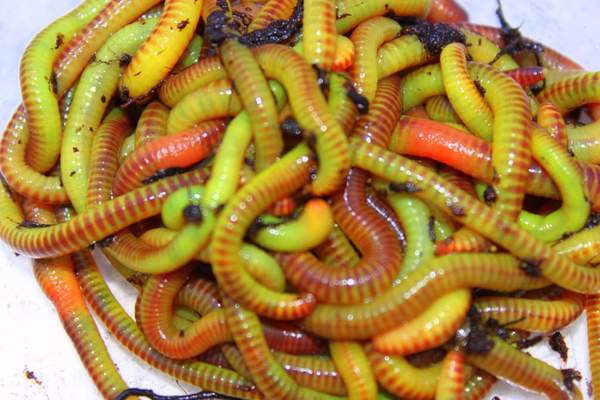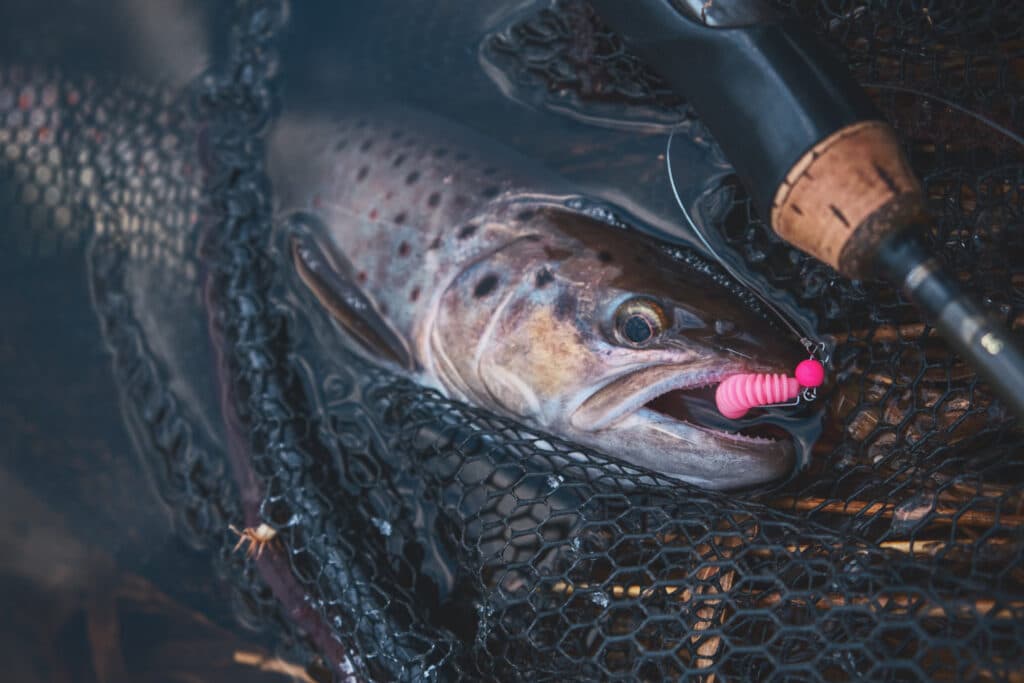The smart Trick of Where To Find Red Wigglers That Nobody is Discussing
Table of ContentsUnknown Facts About Where To Find Red WigglersThe Buzz on Where To Find Red WigglersWhere To Find Red Wigglers - The FactsAbout Where To Find Red WigglersUnknown Facts About Where To Find Red WigglersThe Main Principles Of Where To Find Red Wigglers The Only Guide for Where To Find Red Wigglers
If you have a hard time situating them, try using a shovel to dig right into the ground and break the damp soil with your hands to locate them (Where To Find Red Wigglers). Saturate your garden or lawn with water and look for your worms once it obtains dark.Raise it using leverage and search for your worms inside the opening. Do not fail to remember to look under rocks, blocks, wood, and other items you may find on the ground, as that's where worms often reside.
When you capture a number of worms, you will intend to dip your fingers right into sawdust to dry them and improve your next hold. Keep in mind that you should not eliminate way too many worms from one area as this can adversely influence that environment. Place your worms right into their container and store them in the refrigerator.
You can additionally make use of a pitchfork to draw worms above the ground. Likewise called a worm grunting stick, this traditional method includes sticking the pitchfork into the ground and then massaging it with an item of steel or wood. The resonances that are produced imitate the sound of a mole, which creates the worms to surface area.
The Ultimate Guide To Where To Find Red Wigglers
All you need to save the little wigglers is a small styrofoam colder, some dirt, bed linen, and health food waste. Some people periodically sprinkle a little cornmeal to maintain the worms healthy and pleased. Nonetheless, for long-lasting worm storage space, we suggest constructing a specialized worm farm. With any luck, you uncovered a number of means to catch your worms the following time you need them after closing hours or when you're really feeling too careless to enter the cars and truck and drive a number of miles to the closest worm dealership! There is always a simple escape for those wanting to stay clear of getting unclean in the garden.
This guide will present you to the red wiggler to consist of a deeper on dive on the species and details on breeding, life cycle, and reproduction. We'll speak concerning how to maintain red wigglers and why they need to be the best worm for most composters. The red wiggler (binomial name: eisenia fetida) is the world's most common composting worm.
A study suggests that both can create hybrid children, a phenomenon which should otherwise be considered impossible between many worm varieties. Enjoyable reality: The "fetid" component of the binomial name describes what some claim is a fetid secretion the red wiggler makes use of to repel predators. I've been dealing with them for years and never noticed this! The makeup of a red wiggler resembles that of various other common earthworms; a long-segmented body begins at the sharp head and ends at a slightly-flatted tail.
The digestive tract is simple, beginning at the mouth where the worm begins to consume its food before passing it on the vocal cords. The vocal cords is a muscular area which acts like a pump to pull food into the mouth prior to pumping it out into the esophagus. The esophagus is slim and thin-walled and works as the "waiting space" for the gizzard.
What Does Where To Find Red Wigglers Mean?
Note: This requirement for grinding is why grit is advised in a worm bin. The worm includes no native grinding ability so the worm depends on consumed grit to help grind its food in the gizzard. The tummy is where the initial chemical break down of food happens with the help of a protein-busting enzyme.
The intestinal tract creates the longest component of the worm and is where most of food digestion takes area by means of enymatic procedures. The castings at some point pass with the rectum at the end of the worm as capsules coated with a biologically-rich mucus. (You're not eating I wish.) Red wigglers will certainly link around each other, trading sperm through their skin.
Within 42 days, these baby worms will reach sexual maturation as evidenced by the development of the clitellum. A fully grown red wiggler can be anticipated to live in between one to three years (Where To Find Red Wigglers). The magnificent red wiggler might sometimes be used as a bait worm for smaller sized fish or as a healthy protein resource for poultries and reptiles
And as stated over, they are one of the most usual composting worm in the world. Why? Well there's probably not just one reason. Rather, a combination of price, hardiness, and comfort in a wide variety of temperature levels makes it one of the most proper composting worm for a lot of brand-new vermicomposters. Red wigglers and their cocoons can endure in a wide variety of conditions.
Getting The Where To Find Red Wigglers To Work
This is a common method among worm shippers who do not wish to run the risk of having the worms sit in a warm or cold storage facility over the weekend. Worm cultivators are not storing worms in a circumstance where they prepare to deliver. The worms must be collected from their habitat initially, so growers will often set a Friday or Saturday target date in order to harvest in time for a Monday delivery.
To minimize shipping price, you may desire to see if there are any type of neighboring "Mother and Pop" shops with a Google search. If you do not find what you're looking for, after that I welcome you to take a look at worms via the Urban Worm Business! The quantity of red wigglers you buy must be entirely reliant upon the area you have available for vermicomposting.

What Does Where To Find Red Wigglers Mean?
For ideal results, you desire to fire for concerning 60-70% learn the facts here now wetness degree. At the best wetness levels which is just under 70% that handful should hardly produce one drop of liquid.
The European Nightcrawler, the larger cousin of the red wiggler, is simply YOURURL.com as starved and additionally creates a good bait worm. However it favors a bit of a cooler atmosphere than the red wiggler. The African Nightcrawler is a large composting worm and makes a lovely, granular cast.
The Indian Blue is starved, but likewise prefers a warmer environment and it also displays a propensity to escape the container. The red wiggler is a sturdy worm and isn't as particular concerning its environment. I like to call it the Ford Taurus of vermicomposting worms; you will not brag to your hardcore composting friends that you possess them, however they will serve go right here you well.
Where To Find Red Wigglers Fundamentals Explained
As Faucet demonstrated, a fishermen can do an excellent bargain to make a worm a lot more attractive.

Morning is prime feeding time, and the weightless bait's sluggish descent leaves 5 inches of squirming protein in complete view for quite a while. After you've made the actors, maintain the bond open and placed the pole in a forked stick. The line will certainly drop off the pole in sluggish loops as the worm settles, however most of the time the sluggish loopholes will become a blur, and the early morning will unexpectedly obtain instead interesting.
You can fish deep and cover a lot of area, and the spider seems to be the excellent touch for this transitional time, when the smallmouths have yet to lock on to a favored forage. Dark jigsblack, brown, and purpleseem to match the nightcrawler's shade. I usually utilize a whole 'crawler, prefer marabou clothing, and go down the pole for 2 or 3 seconds when I get a hit.
Some Known Details About Where To Find Red Wigglers
And distinguishing bottom from a bite can be difficult. The trick is to alleviate the pole back to the strike (maybe a foot) and feel for life at the end of the tightening up line. If it exists, set the hook with a move as opposed to a jerk. Every so often you'll locate on your own hooked to those slow-moving, hearty tugs, and feel the weight of a great walleye.